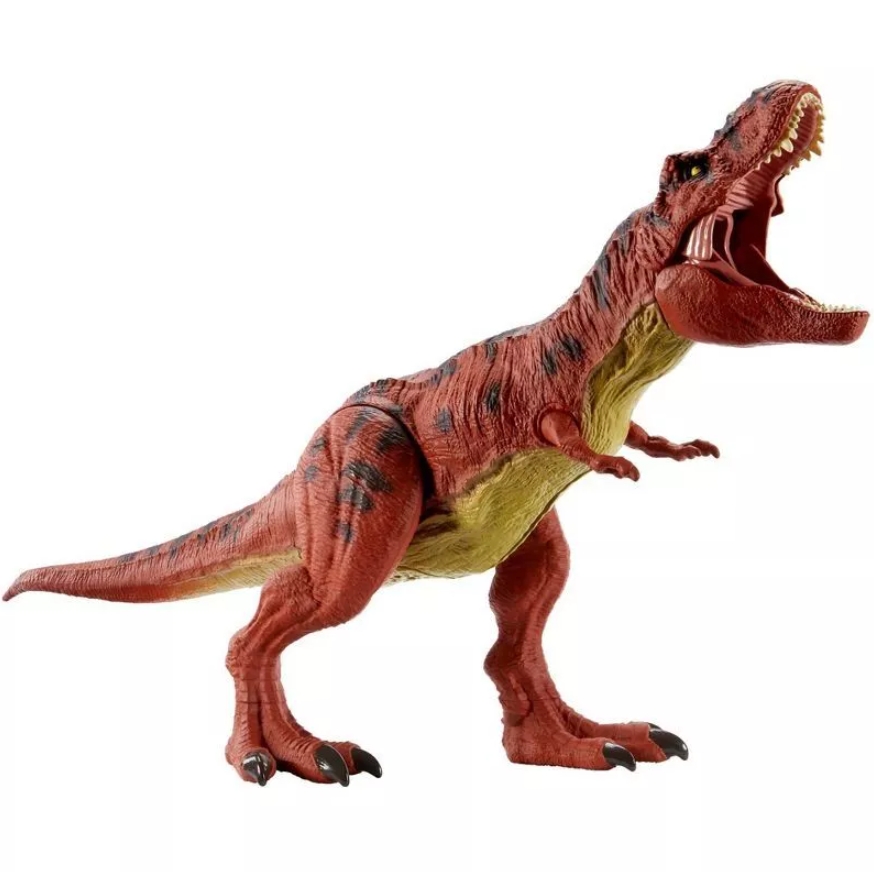The Tyrannosaurus Rex, often simply referred to as T. rex, stands as one of the most iconic figures in the prehistoric world. This enormous bipedal predator roamed the Earth approximately 68 to 66 million years ago during the Late Cretaceous period and is renowned for its impressive size, strength, and fearsome reputation.
T. rex was a true giant of its time, measuring up to 40 feet in length and weighing over 9 tons. It boasted powerful hind limbs that enabled it to walk upright and run, albeit at relatively slow speeds compared to smaller, more agile dinosaurs. Its massive skull, which could be over 5 feet long, housed one of the strongest bites in the animal kingdom. Adult specimens had teeth that measured up to 12 inches, adapted for crushing bone as well as tearing flesh.
Despite its enormous size, T. rex had relatively small arms with just two fingers, raising questions about their function. Some paleontologists suggest these limbs may have played a role in mating or helping the dinosaur rise from a prone position, while others believe they were vestigial structures, remnants from its evolutionary past.
As a carnivore, T. rex was at the top of the food chain. Its enormous jaws and sharp teeth made it a formidable predator, capable of taking down large herbivorous dinosaurs like Triceratops and hadrosaurs. The structure of its teeth suggests that it did not simply consume prey but rather delivered crushing bites, able to break through bone.
There is evidence to suggest that T. rex may have been both a predator and a scavenger, taking advantage of carcasses when available. Its keen sense of smell, inferred from nasal cavity structure, would have helped locate food from great distances.











